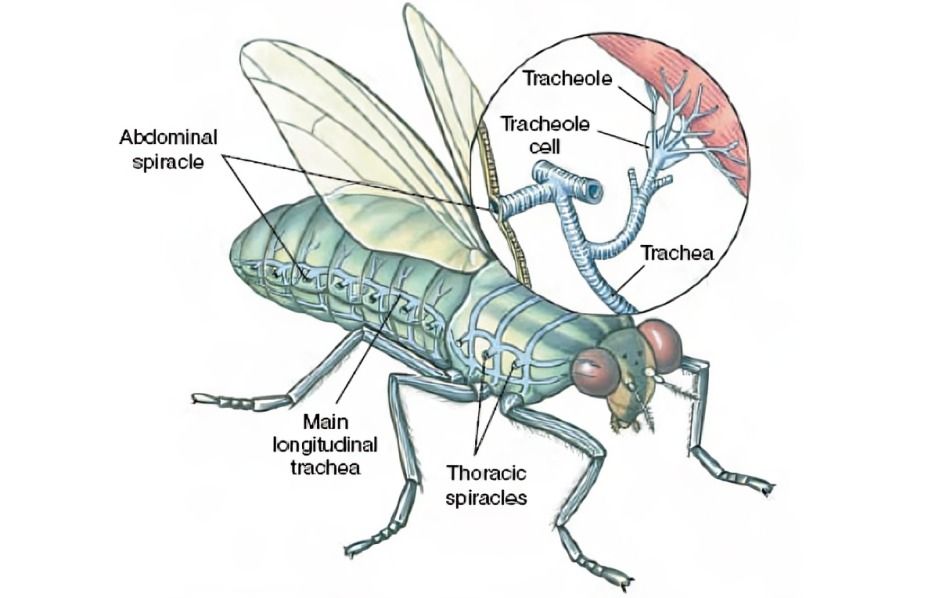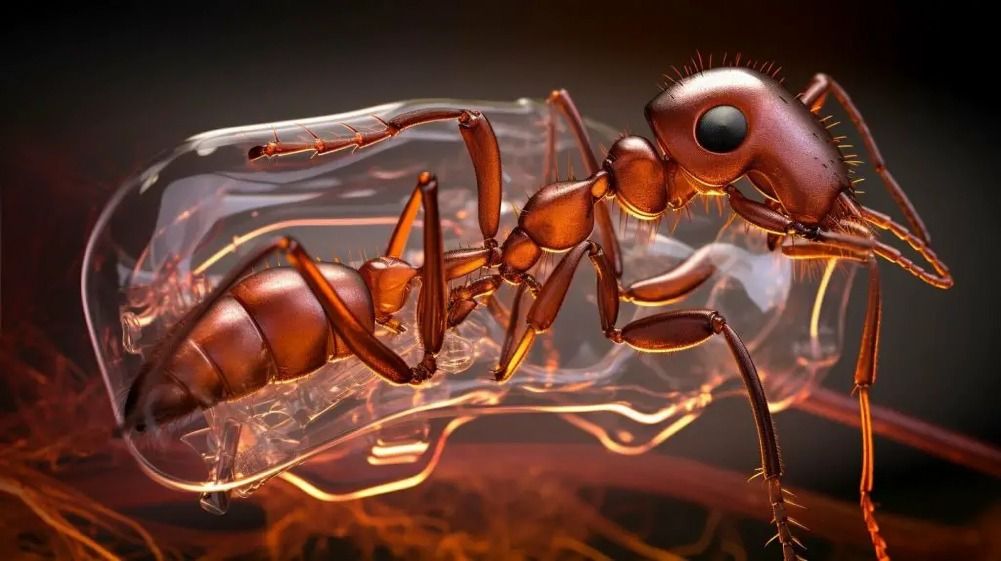
“
The insect respiratory system is a remarkable adaptation that enables these creatures to thrive in diverse environments. Unlike mammals, insects use a network of tubes called tracheae for direct oxygen delivery to their tissues. In this article, we will explore 15 fascinating Facts About Insect Respiratory Systems, shedding light on the remarkable features that make it so effective.1
1
”
The respiratory system is a biological framework in animals and plants composed of specific organs and structures essential for gas exchange. Its anatomy and physiology vary significantly based on the organism's size, habitat, and evolutionary background.1
In most insect species, the trachea serves as the primary organ for respiration. Air enters the body through external openings called spiracles. From there, it travels to the trachea, forming an essential part of the internal respiratory system. 2
Insects breathe through small external openings called spiracles, located on the sides of their bodies. Spiracles lead to the tracheae, and they can open or close to regulate airflow and prevent water loss. 3
Unlike vertebrates, insects don't rely on a circulatory system to transport oxygen. The tracheal system delivers oxygen directly to tissues and cells, allowing rapid gas exchange. This direct delivery system is highly efficient for small, active organisms. 4
The tracheal system is highly effective for small organisms but limits insect size. Larger insects would struggle to get enough oxygen through diffusion alone, which is why the largest insects lived during periods when oxygen levels in the atmosphere were higher.5

Flying insects, like bees and dragonflies, have highly developed tracheal systems to meet the high oxygen demands of flight. During flight, they use body movements to pump air through their tracheae.
Some insects have air sacs in their tracheal system, which act as reservoirs for air. These sacs can expand and contract, helping to maintain a steady supply of oxygen during periods of high activity, like flight or intense movement. 6
The reliance on diffusion for oxygen transport limits the size of insects. The largest known insects, such as giant dragonflies from the Paleozoic era, existed when atmospheric oxygen levels were much higher, allowing for larger body sizes. 7
Many aquatic insects, such as dragonfly larvae, use gills to extract oxygen from water. These gills are often located on the abdomen or rectum, allowing for gas exchange in aquatic environments. Some species can also breathe air as they mature.8
In very small insects, like springtails, oxygen can diffuse directly through the cuticle (the outer body covering) without the need for spiracles or tracheae. This passive diffusion is sufficient for their low oxygen requirements. 9

Ants, like many other insects, have a network of spiracles that open and close to manage their oxygen intake. When the colony is working at full capacity, ants can regulate airflow.
During metamorphosis, insects undergo significant changes in their respiratory systems. For example, aquatic larvae typically have gills, which are replaced by a tracheal system in adults. 10
Insect respiration is highly influenced by temperature, as metabolic rates increase with rising temperatures. Higher temperatures can lead to increased oxygen demand, requiring adaptations in their respiratory efficiency. 11
Certain insects have evolved specialized respiratory structures, such as the unique spiracles found in ants and bees. These adaptations help them maintain efficient gas exchange while minimizing water loss. 12
Some insects possess air sacs connected to their tracheal system, which can serve as reservoirs for air. These air sacs allow for increased gas exchange during periods of high activity and can help maintain buoyancy in aquatic insects. 13


